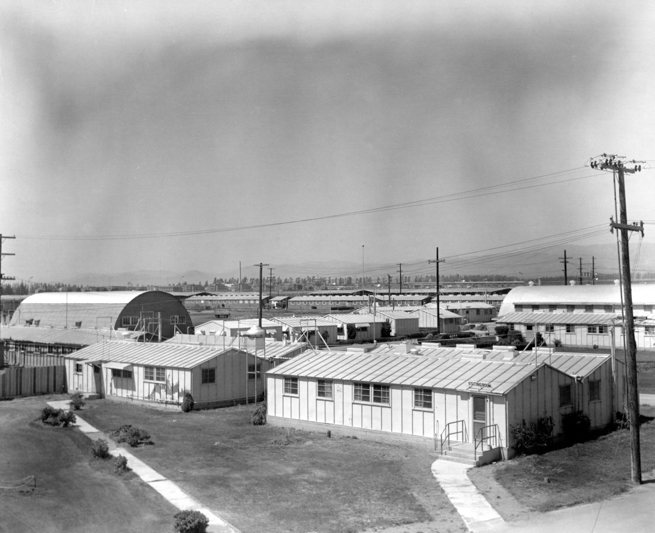Barracks rebuilt from former WWII prisoner camp
The Correctional Training Facility (CTF) at Soledad can be found in the Salinas Valley, but its history can be traced to a former war camp.
Built in 1946 to ease overcrowding at San Quentin State Prison, the facility was originally dubbed Soledad State Prison but renamed CTF in the late 1960s.
Starting as a farm camp, the complex has drawn the attention of Hollywood and even produced a well-known actor. A former Mousketeer also once donned a Correctional Officer uniform.
CTF history: The early years
Purchasing the property to construct the new prison made headlines. In the March 7, 1946, edition of the Berkeley Daily Gazette, the newspaper detailed the $239,000 purchase of 936 acres near Soledad.
The state purchased the property from rancher Carlyle Thorpe.
Thorpe, founder of the California Orchard Company, also founded Diamond Walnut Growers of California.
“All of the property is under irrigation and most of it has been used for guayule production (a source for rubber),” the newspaper reported. “(The prison system) is considering establishing a prisoner camp at the site to grow crops until construction is completed.”
Plans called for a facility built for 1,000 men and later to be enlarged to a 1,600-man capacity, according to the newspaper.
Recycling a war camp

During World War II, an area about five miles south of the new prison site served the war effort by housing German prisoners. The Prisoner of War Branch Camp was attached to Fort Ord.
According to Jeff Soares, Associate Warden at CTF, from 1944 to 1946, German prisoners of war worked in the fields “to meet the agricultural labor needs” in Soledad. After the war, many of the materials from the POW camp were used to construct the prison.
“Surplus fencing and Quonset buildings were acquired from Camp Soledad (POW camp) to start the new prison facility which was then called ‘Camp Barracks’ or as the employees would simply refer to as ‘The Barracks,’” Soares wrote in his book, “The History of Soledad Prison.”
The first prison employees
“On April 13, 1946, the first employee of this new institution, Bruce Russell Sr., reported for duty. Headquarters was set up in an old farm house on the property. During the month of June 1946, contracts were made with the Division of Agriculture for planning the installation of 50 Butler type 20-foot by 48-foot steel buildings as temporary barracks,” Soares wrote. “These were obtained through the Farm Production Council and construction was started on the first building to be used as a dormitory for the inmates during the month of August. This building was erected under very difficult conditions due to the lack of proper tools, qualified carpenters, etc.”
According to Soares, Bert Webb was appointed warden on July 1, 1946.
“(The Warden) was hired along with a Lt. Harry ‘the Horse’ Smith on this same date. Smith had been transferred from the California Vocational Institution at Lancaster (where Webb had also served as Warden). The Warden, his Lieutenant and two correctional officers watched over the inmates,” Soares wrote. “The personnel as well as the inmates were housed and fed in one of the two old barns converted into farmhouses located on the site. The Warden lived in one farmhouse. In the other farmhouse two officers slept in a room, six inmates slept in a back room and two inmates slept in a shed behind the barn. The barn also had an office and a kitchen.”
Geared toward rehabilitation

According to “The Oxford History of Prison: The Practice of Punishment in Western Society,” by Norval Morris, CTF was a departure from more traditional prisons.
“The Soledad Prison … was the first of the men’s prisons built after the war. One of its main qualities was its pleasant physical atmosphere. Fences and gun towers substituted for granite walls, and the internal structure made communal life more encouraging,” the book states. “Cell blocks with dayrooms and outside windows, inside walls with pastel colors, spacious and well-equipped libraries, gyms and educational facilities, acceptable food and more relaxed discipline, and a broad selection of vocational training and group counseling programs created a relatively friendly atmosphere more prone to rehabilitative treatment.”
In the book “Prison Work,” by retired correctional employee William Richard Wilkinson, CTF is described in the editors’ introduction. Wilkinson started as a Correctional Officer at California Institution for Men in Chino in 1951. He promoted to Sergeant and then Lieutenant. From 1977 to 1981, he served as Acting Associate Warden for Appeals at Soledad.
“Like Chino and (California Medical Facility), Soledad started out as part of California’s midcentury commitment to the rehabilitative ideal. Soledad was self-consciously designed to avoid the negative aspects of ‘Big House’ prison architecture,” the book states. “Instead of a grim, castle-like design, Soledad featured a more modern design. Soledad Prison was actually three distinct institutions, reflecting the prevailing view in corrections that smaller institutions would create a more rehabilitative environment.”
Soares wrote, “Soledad Prison was to be the first prison built under the new leadership of Richard A. McGee, the Director of Corrections, a penologist with a completely new perspective on confinement. Gone was the concept of a cage for the criminal. Retraining was to be the focus of the new prison with vocational and educational classes.”
Expanding Soledad
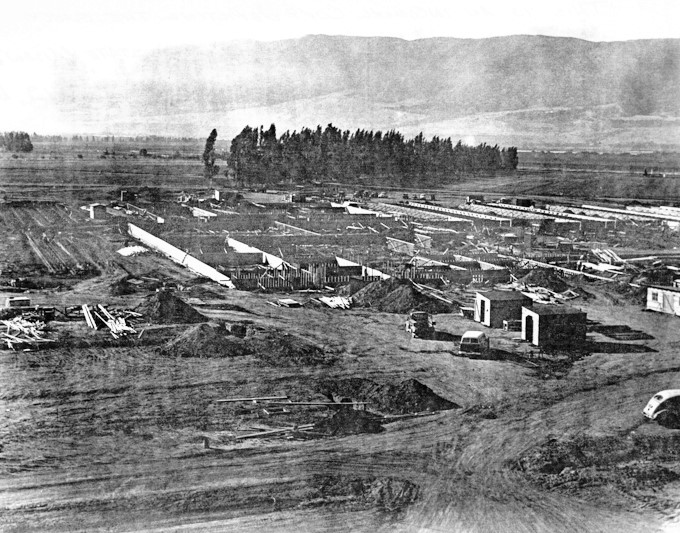
In August 1949, work on new permanent buildings was started. They would later become Central Facility.
On May 8, 1950, Governor Earl Warren spoke to a gathering of 250 people during a ceremony to help lay the cornerstone of the administration building.
“He was assisted in this task by … McGee and Warden Burt O. Webb. Governor Warren and Warden Webb placed articles of that time period in a copper box time capsule which was placed in the corner stone,” Soares wrote. “With plans for occupancy … by July 1, 1951, Central Facility was being built as a modern prison. It would be the first prison under the newly reorganized Department.”
They missed the target date, but were able to open by Dec. 3, 1951.
North Facility construction began in 1956 and it was activated in 1958.
“(It) was considered to be more modern and progressive … with a population that combined (youth) and adult inmates,” Soares wrote.
In 1968, the name of the three-facility complex was changed to the Correctional Training Facility.
Famous rehabilitation

Actor Danny Trejo spent many years behind bars in the 1960s, ending his incarceration in 1969.
In 1968 at CTF-Soledad, he said he decided to turn his life around.
Using 12-step recovery, he gave up booze and drugs and started helping others kick the habit.
“After I was paroled in 1969, I discovered AA and Narcotics Anonymous,” he told The Guardian in a 2012 interview. “If you take drugs and alcohol out of your life, your life will get better.”
One day, while visiting a movie set to help support someone who was struggling with drug addiction, he was discovered. The film, 1985’s “Runaway Train,” was his first role.
“It was the funniest thing I’d ever heard,” he said in previous interviews. “I’d been in Soledad, San Quentin, Folsom, Vacaville, Susanville, Sierra – and here’s a guy asking, ‘Can you act like a convict?’ I remember I said, ‘I’ll give it a shot.'”
He said while he enjoys his career, he tries to make sure his message about crime isn’t mixed in the storytelling.
“I love playing the bad guy in movies, because the bad guy always dies. That’s the real world. If someone asked me to play a bad guy that always gets away with it, I’d pass,” he said in published interviews. “That’s the very message I preach to youths who are in crisis and in trouble…the bad guy always loses and the good guy always wins. It’s the one-thing movies and real life see eye-to-eye on.”
Trejo has appeared in numerous films ranging from Quentin Tarantino’s “From Dusk Til Dawn” to Robert Rodriguez’s “Machete Kills.” Most recently, he could be seen in “Muppets Most Wanted” and on TV in “Sons of Anarchy.”
Album recorded at CTF
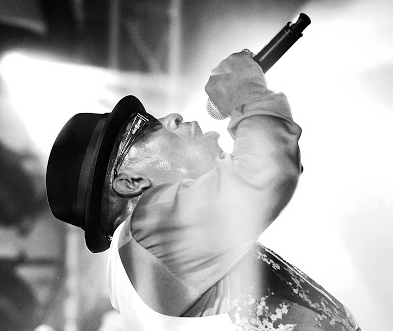
Blues musicians John Lee Hooker and his son, John Lee Hooker Jr., performed at CTF in 1972. The concert was recorded and released as “Live at Soledad Prison.”
Their work was inspired by Johnny Cash’s two albums, “Live at Folsom Prison” and “At San Quentin,” which were released in the late 1960s.
The younger Hooker ended up finding himself returning to CTF a few years later – as an inmate. He was also incarcerated again in 1991 for another two years.
Today, Hooker Jr. is a minister and visits prisons to speak to inmates and help inspire them to turn their lives around.
From parole agent to head of department
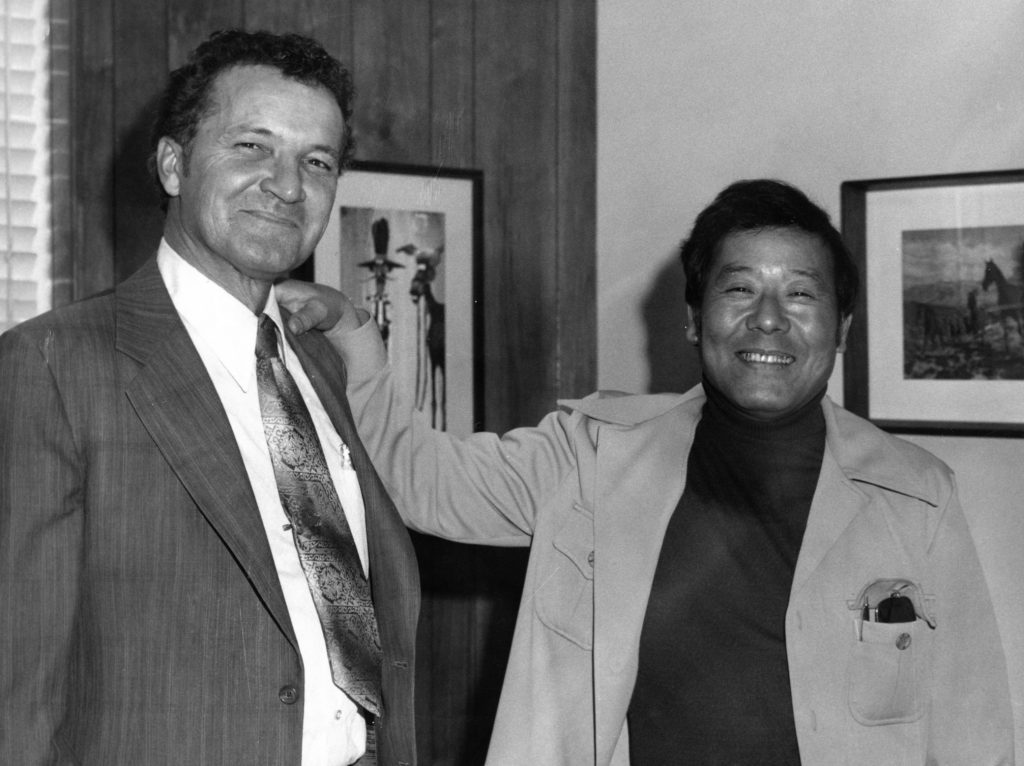
Jiro “Jerry” Enomoto became one of the first non-white prison wardens in 1971.
Appointed as superintendent of California Correctional Institution at Tehachapi by then-Gov. Ronald Reagan, Enomoto had previously served as deputy superintendent at Soledad.
He got his start with the department in 1952 as a parole agent.
From 1975-1980, he served as the fourth director of CDCR and from 1994-2002, he went on to serve as the U.S. Marshal for the Eastern District of California, appointed by then-President Bill Clinton.
When he retired in 2002, Rep. Robert Matsui spoke about Enomoto and his trailblazing efforts.
“As Director of Corrections, Jerry would become the first Asian Pacific American to manage a state department in California history,” Matsui told the House of Representatives. “Jerry secured the greatest honor of his unparalleled career when he became the first Asian Pacific American appointed as a United States Marshal.”
From Mouseketeer to Correctional Officer
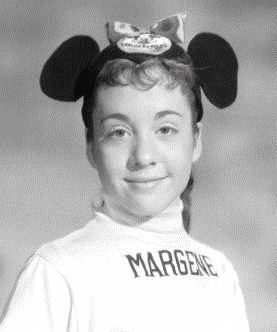
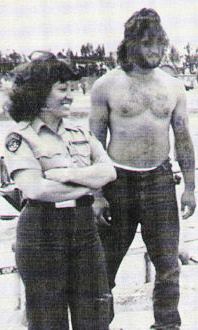
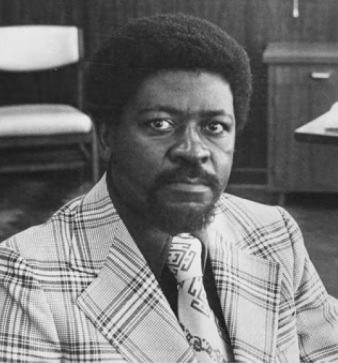
People magazine visited CTF-Soledad for their August 1977 issue to interview former Mickey Mouse Club cast member Margene (Storey) Lackey.
“Another original Mickey Mouse Club graduate, Margene Lackey, now 35, has wound up behind bars. But before the Disney image crumbles completely, it should be said that Margene is an employee, not (incarcerated), at California’s Soledad prison.
“As a correctional officer, she often begins her day by frisking hundreds of prisoners. ‘They’ve got 24 hours a day to figure you out, and they’re real good at sizing up character,’ says Lackey,” the magazine reported.
“A friend encouraged her to apply at Soledad, which has had women guards since 1973. She learned marksmanship, self-defense and tear gas techniques, and now works throughout the prison with only a whistle for protection unless she’s in the tower. Her annual salary is $14,000,” the article stated.
Warden Otis Loggins praised her job performance.
“Lackey is one of our best employees because she’s so personable. If that is training she got as a Mouseketeer, then send me more Mouseketeers.”
CTF in cinema
- “The Last Light,” starring Kiefer Sutherland and Forest Whitaker, was filmed at CTF in 1993. The film also featured actor, and former CTF incarcerated resident Danny Trejo.
- The documentary “In an Ideal World” was recently released. It was filmed over a seven-year period at CTF and is currently touring the film festival circuit. The film has garnered numerous awards.
Timeline
- 1946: Construction and opening of “The Barracks,” later known as the South Facility. Originally opened as a branch of San Quentin.
- 1947: Became independent of San Quentin, named California State Prison Soledad.
- 1951: Central Facility at Soledad opened.
- 1958: North Facility activated.
- 1968: Renamed Correctional Training Facility.
- 1992: City of Soledad expands boundary to include CTF.
- 1996: Salinas Valley State Prison opened.
By Don Chaddock, InsideCDCR editor
Photos compiled by Eric Owens, CDCR photographer
Jeff Soares, Associate Warden at CTF, contributed to this report
Learn more about California prison history.
Follow CDCR on YouTube, Facebook, X (formerly Twitter). Listen to the CDCR Unlocked podcast.
